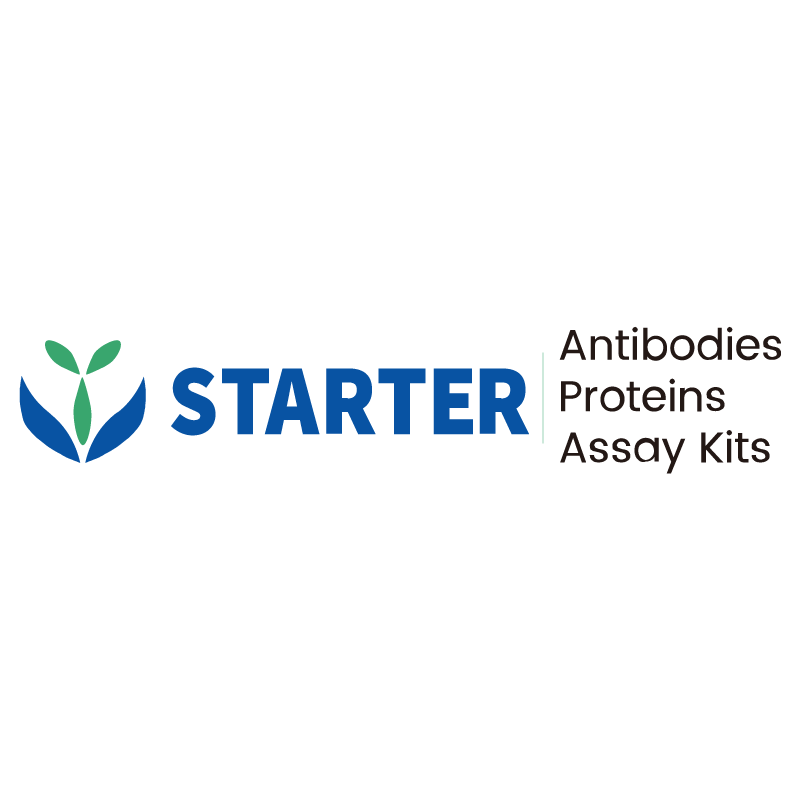Flow cytometric analysis of C57BL/6 mouse splenocytes labeling Mouse TCR γ/δ at 1/200 (1 μg) dilution/ (Right panel) Followed by Anti-Armenian Hamster IgG (H+L) biotin and Sav-PE. Then cells were stained with CD3 - Brilliant Violet 421™ antibody separately.
Product Details
Product Details
Product Specification
| Host | Armenian hamster |
| Antigen | TCR γ/δ |
| Synonyms | T cell receptor γ/δ |
| Location | Cell membrane |
| Accession | P03979、 B7Z8K6 |
| Clone Number | S-2752 |
| Antibody Type | Recombinant mAb |
| Isotype | IgG |
| Application | FCM |
| Reactivity | Ms |
| Positive Sample | C57BL/6 mouse splenocytes |
| Purification | Protein G |
| Concentration | 2 mg/ml |
| Conjugation | Unconjugated |
| Physical Appearance | Liquid |
| Storage Buffer | PBS pH7.4 |
| Stability & Storage | 12 months from date of receipt / reconstitution, 2 to 8 °C as supplied. |
Dilution
| application | dilution | species |
| FCM | 1:200 | Ms |
Background
The TCR γ/δ protein is a T-cell receptor (TCR) expressed on the surface of γδ T cells, consisting of a γ chain and a δ chain linked by disulfide bonds to form a heterodimer, belonging to the immunoglobulin superfamily. Unlike the conventional αβ TCR, the γδ TCR can directly recognize phosphorylated metabolites (e.g., IPP), heat shock proteins, lipid antigens, and viral proteins on pathogens or stressed cells without requiring MHC presentation, granting it broader antigen recognition capabilities. Its variable (V) region exhibits limited diversity but undergoes gene rearrangement (V-J or V-D-J) to generate restricted clonotypes. γδ T cells are predominantly localized in barrier tissues such as mucosal surfaces, skin, and the gut, playing a crucial role in early immune defense. Combining features of both innate and adaptive immunity, γδ T cells rapidly secrete cytokines (e.g., IFN-γ, TNF-α) and exert cytotoxic effects, contributing to anti-infection responses, tumor immunosurveillance, and autoimmune regulation. Their unique mechanisms make them promising targets for immunotherapy, such as CAR-γδ T cell therapies.
Picture
Picture
FC


